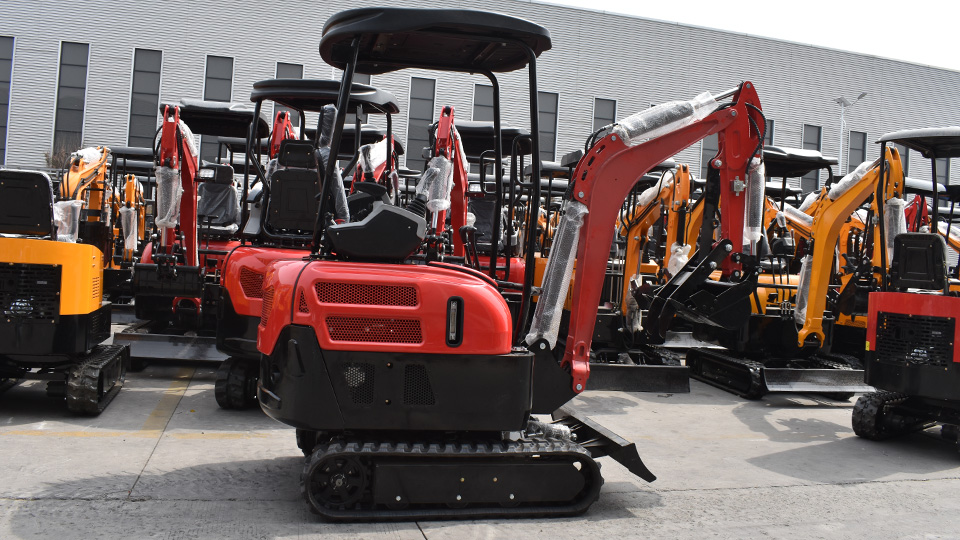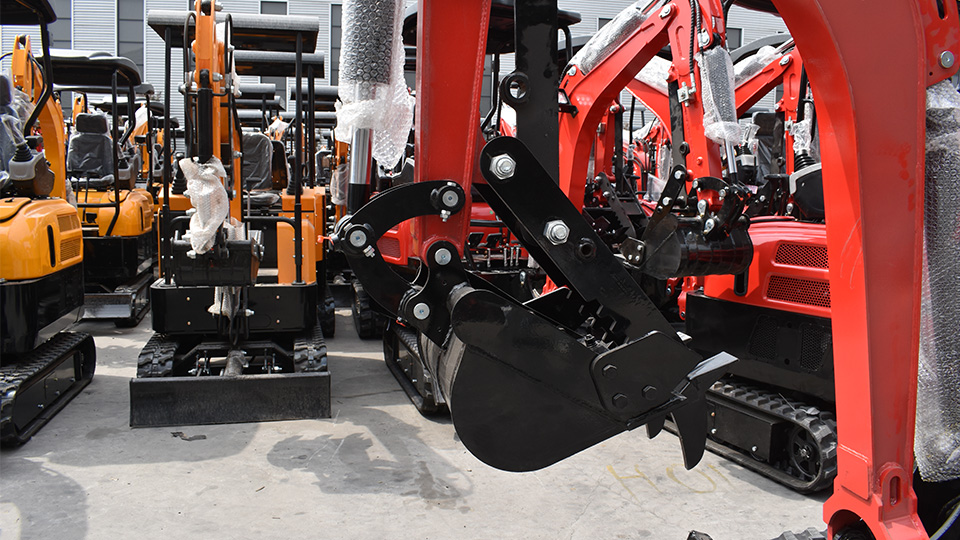I. Introduction
Excavators are among the most essential machines in the construction and earth-moving industries. From digging foundations to mining and dredging, their capabilities span a wide range of tasks that are vital to infrastructure development, environmental projects, and more. However, not all excavators are created equal. They come in various sizes and designs, each tailored for specific environments and types of work.
Selecting the right type of excavator is critical to achieving optimal efficiency, safety, and cost-effectiveness on any job site. This article explores the different types of excavators available today and the roles they are best suited for. By understanding their distinctions and applications, project managers, contractors, and operators can make informed decisions and ensure the success of their projects.
II. Overview of Excavator Functionality
All excavators share common components, including a cab mounted on a rotating platform (called the house), a boom, a stick (or dipper), and an attachment such as a bucket. They are powered by hydraulic systems and are available in both tracked and wheeled configurations. The main functions of excavators include digging, lifting, trenching, demolition, and grading.
Despite their core similarities, different types of excavators are designed to handle unique challenges. Factors such as terrain, job site size, precision requirements, and material type all influence which model is most suitable.
III. Standard Crawler Excavators
Crawler excavators, also known as track excavators, are the most common type seen on construction sites. They run on tracks instead of wheels, offering greater stability and traction, especially on uneven or soft ground. These machines are capable of rotating 360 degrees, making them versatile and effective for a wide variety of heavy-duty applications.
Best for: Large-scale digging projects, trenching, demolition, and mining operations.

Advantages:
Superior stability on rough terrain.
High lifting and digging power.
Suitable for long-duration tasks.
IV. Wheeled Excavators
Wheeled excavators operate much like their crawler counterparts but are equipped with rubber tires instead of tracks. This design makes them faster and more maneuverable on paved surfaces, making them ideal for urban environments and roadwork projects.
Best for: Road construction, city infrastructure maintenance, and utility installations.
Advantages:
Increased speed and mobility.
Gentle on paved surfaces.
Easy to transport between job sites.
V. Mini (Compact) Excavators
Mini excavators are scaled-down versions of standard excavators, optimized for confined spaces and lighter tasks. They are often used for residential work, landscaping, and utility trenching, where larger machines would be impractical.
Best for: Small-scale digging, tight-space operations, and indoor demolition.
Advantages:
Excellent maneuverability.
Lower operating and maintenance costs.
Easier to transport and store.
VI. Long Reach Excavators
As the name suggests, long reach excavators are equipped with an extended boom and arm, allowing them to reach further and dig deeper than standard models. They are particularly useful for projects that require work from a distance.
Best for: Dredging, canal and river maintenance, and deep trenching.
Advantages:
Extended reach enhances safety for hazardous or unstable areas.
Can access difficult-to-reach areas from safe distances.
VII. Dragline Excavators
Dragline excavators are massive machines typically used in large-scale civil engineering and mining projects. They operate using a hoist rope and a dragline to move a bucket across long distances. These excavators are often assembled on site due to their size.
Best for: Surface mining, underwater excavation, and deep foundation work.
Advantages:
Capable of moving vast amounts of material efficiently.
Exceptional digging depth and reach.
VIII. Suction (Vacuum) Excavators
Suction excavators, or vacuum excavators, use a high-powered airflow system to remove soil and debris with minimal surface disruption. They are ideal for delicate excavation tasks near existing underground utilities.
Best for: Utility line maintenance, archaeological digs, and environmental remediation.
Advantages:
Reduced risk of damaging buried infrastructure.
Cleaner excavation with minimal backfill.
Safer for use in densely populated areas.
IX. Skid Steer Excavators
Skid steer excavators are essentially compact excavators mounted on a skid steer loader platform. These machines offer enhanced agility and are often used in conjunction with other skid steer attachments.

Best for: Multi-purpose construction tasks on small job sites.
Advantages:
Highly maneuverable and adaptable.
Ideal for quick, small-scale projects.
Supports a wide range of attachments.
X. Amphibious Excavators
Amphibious excavators are specially designed for wet or swampy environments. They feature a floating chassis or pontoons that allow them to work effectively in shallow water or marshlands.
Best for: Dredging, wetland restoration, and flood control projects.
Advantages:
Operates in environments where other machines would sink.
Provides access to hard-to-reach waterlogged areas.
Helps maintain delicate ecosystems during excavation.
XI. Conclusion and Summary
Excavators come in a wide range of shapes, sizes, and capabilities, each designed to tackle specific challenges in the construction and earth-moving sectors. Whether it's the raw power of a crawler excavator, the precision of a vacuum unit, or the reach of a long boom machine, there's a model suited for nearly every job.
Choosing the right excavator is not only about size and cost—it's about matching the machine's capabilities to the unique demands of your project. By understanding the types and their ideal applications, contractors and operators can enhance performance, improve safety, and maximize the value of their equipment investments.
Post time:Sep-25-2020
